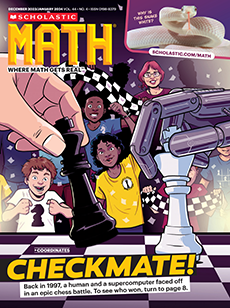That toucan or sloth may be cute, but it doesn’t want to be touched! A new campaign in Costa Rica asks tourists to #StopAnimalSelfies by not posing with wild animals for photos. Instead, it asks visitors to take their selfies with stuffed-animal versions along with the caption “I do not mistreat wild animals for a selfie.” Other countries, including Australia and New Zealand, have launched similar initiatives.
Costa Ricans want to show tourists how harmful selfies can be to wild animals, which are not used to interacting with humans. “We hope to educate visitors about the importance of responsible photography and encourage them to take photos at a safe distance,” says a representative from Costa Rica’s tourism board.
